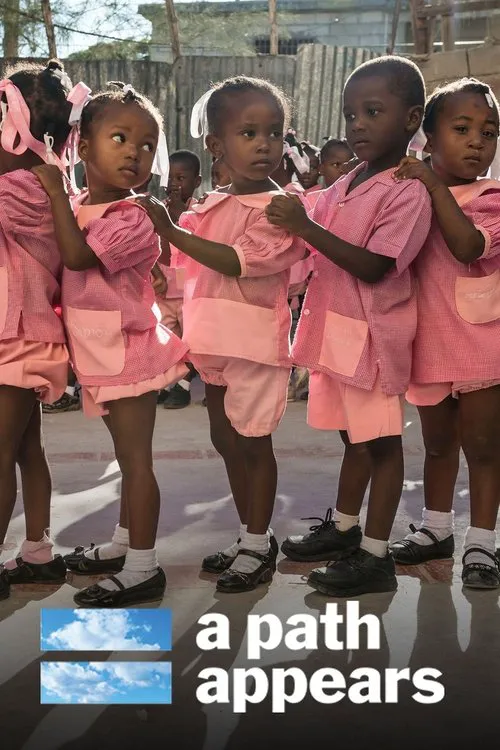A Path Appears

Trama
A Path Appears is a thought-provoking documentary, inspired by the book of the same name written by Nicholas Kristof and Sheryl WuDunn, that delves into the realms of human rights and gender-based oppression. The film takes viewers on a captivating journey across Colombia, Haiti, Kenya, and the United States, exposing them to the darkest forms of societal injustices while also highlighting the progress and potential solutions that have been put in place. The movie begins with an introduction to its key protagonists: two seasoned journalists, Nicholas Kristof and Sheryl WuDunn, and a number of influential actors who have joined forces to shed light on these critical issues. These include Malin Akerman, Mia Farrow, Ronan Farrow, Jennifer Garner, Regina Hall, Ashley Judd, Blake Lively, Eva Longoria, and Alfre Woodard. The dynamic between these actors and journalists is undeniable, as they bring a fresh perspective and passion to the narrative. The documentary's narrative is divided across various locations, each highlighting different aspects of the struggle for human rights and equality. The opening scenes in Colombia focus on the harrowing realities of human trafficking and the ways in which it has become deeply entrenched in the country's society. We see young girls being coerced into forced labor, their innocence and futures brutally stolen from them. These scenes are haunting, leaving an indelible impact on the viewer. However, A Path Appears is not merely a collection of disturbing images; it also offers a message of hope and resilience. Through interviews with local communities, activists, and advocates, the filmmakers reveal the various initiatives and strategies being implemented to combat these oppressive systems. We witness the remarkable efforts of local women who are fighting back against human traffickers, working tirelessly to protect and provide services to those who have suffered. One such example is the work of organizations in Kenya's Maasai territory, where traditional practices have long contributed to the oppression of women. The film showcases women who have defied conventional norms and norms and taken on leadership roles, pushing for change and equality within their communities. Their stories serve as a powerful reminder that, even in the face of entrenched patriarchal systems, change is possible. A significant amount of A Path Appears takes place in Haiti, where we see the aftermath of the devastating earthquake of 2010. The filmmakers document the struggles of women in this country, highlighting the ways in which they have been left behind in the recovery efforts. We see women attempting to make their way in a society ravaged by natural disasters, where the already marginalized are further disadvantaged. The narrative then shifts to the United States, where we see the effects of human trafficking and abuse of power on an individual level. The film raises important questions about the systems and policies that perpetuate these injustices, revealing systemic weaknesses that have allowed abuse to flourish. Ultimately, A Path Appears presents a comprehensive look at an array of complex issues related to human rights and gender-based oppression. It humanizes the victims, highlights the heroes who are working tirelessly for change, and offers a beacon of hope. While the documentary acknowledges that there is much work to be done, it underscores the fact that progress can be made and that the collective effort of individuals, organizations, and communities can bring about transformative change.
Recensioni
Raccomandazioni


